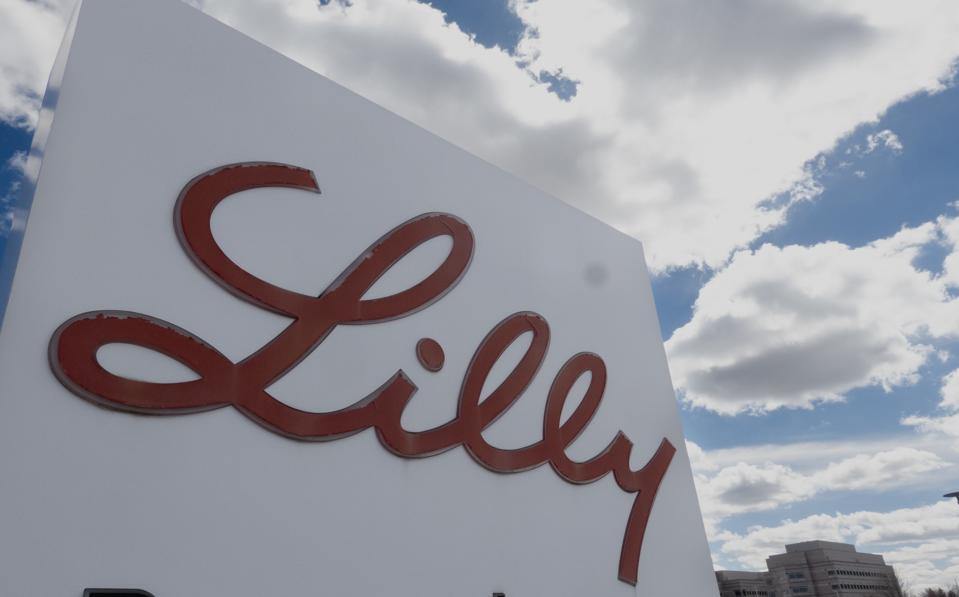Eli Lilly stock (NYSE: LLY) has seen phenomenal gains of 345% from levels of $170 in early January 2021 to around $755 now, vs. an increase of about 35% for the S&P 500 over this roughly three-year period. This can primarily be attributed to a significant 236% rise in the company’s P/S ratio to 21x now, versus 6x in 2020. Investors have rewarded LLY stock, given its solid pipeline potential, including its obesity drugs.
Admirably, LLY stock has outperformed the broader market in each of the last three years. Returns for the stock were 64% in 2021, 32% in 2022, and 59% in 2023. In comparison, returns for the S&P 500 have been 27% in 2021, -19% in 2022, and 24% in 2023.
Note that consistently beating the S&P 500 — in good times and bad — has been difficult over recent years for individual stocks; for other heavyweights in the Health Care sector, including UNH, JNJ, and ABBV, and even for the megacap stars GOOG, TSLA, and MSFT. In contrast, the Trefis High Quality Portfolio, with a collection of 30 stocks, has outperformed the S&P 500 each year over the same period. Why is that? As a group, HQ Portfolio stocks provided better returns with less risk versus the benchmark index; less of a roller-coaster ride, as evident in HQ Portfolio performance metrics.
Given the current uncertain macroeconomic environment with high oil prices and elevated interest rates, could LLY still see a strong jump? Eli Lilly’s valuation is largely dependent on future pipeline potential rather than its current earnings, and despite its large move, the $800 average of analysts’ estimates is around 6% above its current market price of $750.
Eli Lilly’s Revenues have risen 39% from $35 billion in 2020 to $34 billion in 2023. This can be attributed to market share gains for some of its drugs, including Mounjaro, Verzenio, and Zyprexa. Eli Lilly’s diabetes drug – Mounjaro – was approved by the U.S. FDA in 2022, and it is expected to garner nearly $33 billion in annual sales by 2029. [1] Zepbound – Eli Lilly’s obesity drug secured its U.S. FDA approval in November last year, and it is estimated to rake in over $16 billion in annual sales by 2029.
Eli Lilly’s pipeline is expansive, with drugs under clinical trials in different therapeutic areas. The company’s Alzheimer’s treatment — Donanemab – recently faced a delay in regulatory approval, but the company remains positive about the outcome. [2] The peak sales of Donanemab are pegged at $10 billion.
Overall, Eli Lilly is on a path to deliver very strong sales growth in the coming years. The obesity drugs market in particular is expected to rise a whopping 16 times to over $100 billion by 2030, and it will largely be dominated by Eli Lilly and Novo Nordisk. [3] While much of these positives are likely priced in, LLY stock may continue to trend higher on the back of market share gains for its drugs and expected regulatory approvals. We think any dip in LLY stock could be used as a buying opportunity for robust gains in the long run.
While LLY stock may see higher levels, it is helpful to see how Eli Lilly peers fare on metrics that matter. You will find other valuable comparisons for companies across industries at Peer Comparisons.
Invest with Trefis Market Beating Portfolios
See all Trefis Price Estimates

